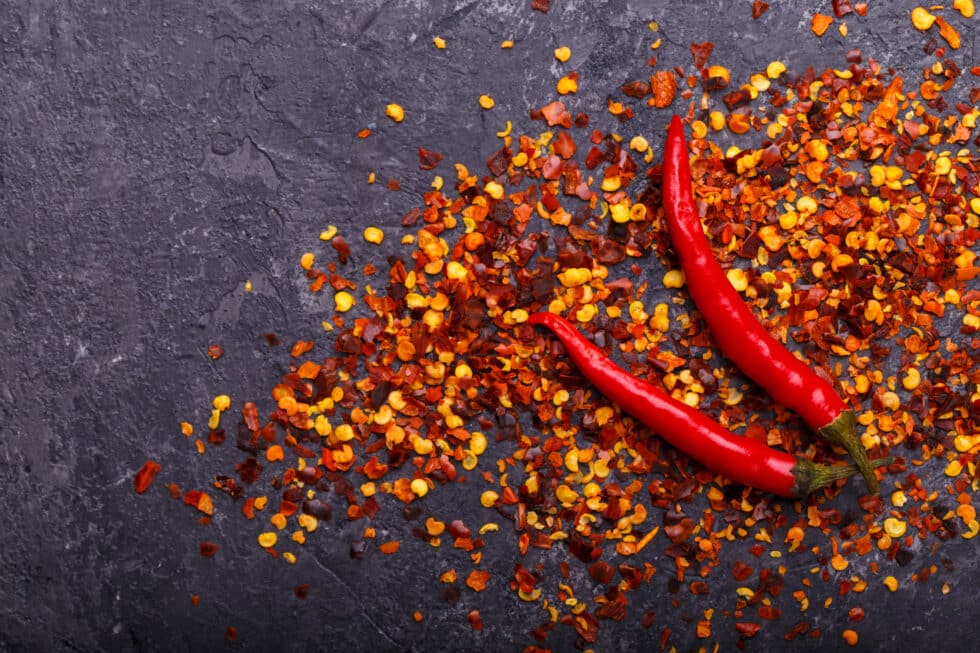- No. 268 Xianghe Street, Economic Development Zone of Xingtai city, Hebei 054001 China
- Byron@hbhongri.cn
Exploring the Flavors of Paprika and Capsicum in Culinary Delights
Exploring the Richness of Paprika and Capsicum A Culinary Journey
Paprika and capsicum are two vibrant and flavorful elements of the culinary world, often celebrated for their versatility and rich palette of flavors. While many use the terms interchangeably, there is a distinct relationship between the two. Capsicum generally refers to the genus of flowering plants in the nightshade family that includes a variety of peppers, both sweet and hot. Paprika, on the other hand, is a spice made from ground, dried capsicum fruits, typically of the sweet variety. Together, they create a spectrum of taste and color that is beloved across global cuisines.
Origins and Varieties
The journey of paprika and capsicum begins with their origins. Capsicum originated in South America, where indigenous peoples cultivated these plants long before the arrival of European explorers. The pepper plants quickly spread across continents, finding a home in various cultures and cooking styles. Over centuries, different varieties were bred for specific flavors and uses—ranging from the fiery heat of jalapeños to the sweet crunch of bell peppers.
Paprika emerged as a culinary staple in Hungary and Spain, where it is celebrated in dishes such as goulash and paella. Each region boasts its own unique varieties of paprika, influenced by local climate and soil conditions. Hungarian paprika is known for its sweet, rich flavor and vibrant red color, while Spanish paprika (pimentón) can be sweet, bittersweet, or hot, sometimes infused with a smoky essence from being dried over oak fires.
Culinary Uses
In the kitchen, both paprika and capsicum bring a depth of flavor and stunning color to dishes. Bell peppers, the sweet variety of capsicum, are used in salads, stir-fries, and stuffed dishes. Their crunchiness and vibrant hues not only enhance the aesthetic appeal of the plate but also provide a refreshing contrast to other elements.
paprika and capsicum

Paprika, in various forms, is often used as a seasoning and coloring agent. A dash of paprika can elevate the flavors of meats, vegetables, and sauces. It is commonly sprinkled on deviled eggs or mixed into dressings. Additionally, smoked paprika, with its alluring aroma, has gained popularity, adding a complex layer to barbecue sauces and roasted dishes.
Capsicum varieties also find their way into most global cuisines. In Indian cuisine, green chilies and ground chili powder are essential for adding heat to curries. In Thai cooking, bird's eye chilies are a cornerstone, lending a fiery kick to dishes. Each culture showcases the versatility of these ingredients in their unique ways, underscoring their universal appeal.
Health Benefits
Beyond their culinary charm, paprika and capsicum also offer an array of health benefits. Both are rich in vitamins A and C, antioxidants that play a crucial role in maintaining overall health. The vibrant colors of these peppers often indicate the presence of beneficial phytochemicals, which can help reduce inflammation and boost immunity.
Furthermore, capsaicin—a compound found predominantly in hot capsicum varieties—has been linked to various health benefits, including pain relief and enhanced metabolism. Incorporating these ingredients into a balanced diet can contribute to better health while adding delightful flavors to meals.
Conclusion
In conclusion, the connection between paprika and capsicum unveils a rich narrative of flavor, culture, and health. From the earthy, sweet tones of Hungarian paprika to the fiery heat of jalapeños, these ingredients form the backbone of countless dishes around the world. Their versatility makes them indispensable allies in the kitchen, inviting both novice and experienced cooks to explore, experiment, and enjoy. Whether you're spicing up a dish with paprika or adding crunch to a salad with fresh capsicum, these ingredients are sure to enliven your culinary creations, enriching the dining experience with every bite. As we continue to explore global flavors, paprika and capsicum will always have a vibrant place on our plates.
-
Turmeric Rhizome Powder: A Golden Treasure from Roots to TableNewsJul.28,2025
-
The Versatile Application Of Crushed Red Hot Peppers: Lighting Up The Red Flames On The Dining TableNewsJul.28,2025
-
The Paprika: A Touch Of Vibrant Red In Color, Flavor, And CultureNewsJul.28,2025
-
Ground Turmeric: A Modern Examination of an Ancient SpiceNewsJul.28,2025
-
Capsicum Liquid Extract: Features, Applications, and ChallengesNewsJul.28,2025
-
Application of Capsicum Liquid Extract in FoodNewsJul.28,2025







